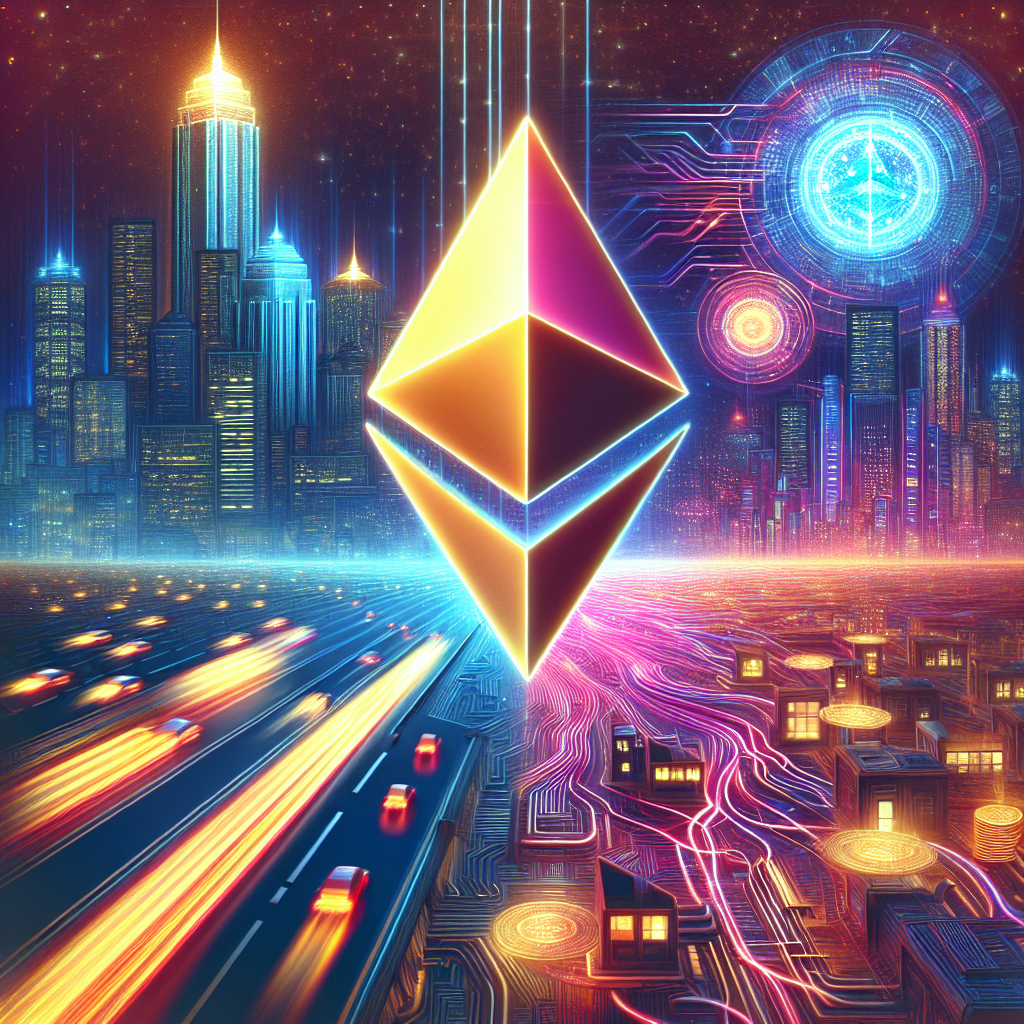 Ethereum, the second-largest cryptocurrency by market cap, is set to undergo major changes in its account abstraction feature to address the issue of high gas fees. The update aims to reduce the amount of gas required for executing smart contracts on layer-2 networks. Account abstraction is a concept that allows users to create smart accounts, enabling them to execute transactions and interact with decentralized applications (dApps). This significant upgrade will streamline gas usage on Ethereum, making transactions faster and more efficient.
Ethereum, the second-largest cryptocurrency by market cap, is set to undergo major changes in its account abstraction feature to address the issue of high gas fees. The update aims to reduce the amount of gas required for executing smart contracts on layer-2 networks. Account abstraction is a concept that allows users to create smart accounts, enabling them to execute transactions and interact with decentralized applications (dApps). This significant upgrade will streamline gas usage on Ethereum, making transactions faster and more efficient.
Gas fees have been a persistent problem on Ethereum, often making transactions costly and slow. This is a result of the network’s design, which requires users to pay gas fees in order to incentivize miners to process their transactions. The new account abstraction upgrade will tackle this issue directly, potentially making Ethereum more accessible and scalable.
Layer-2 solutions have gained popularity as a means of scaling Ethereum, as they can handle a significant number of transactions off the main blockchain. With this upgrade, the reduction in gas usage will make layer-2 networks more cost-effective, allowing for faster and cheaper transactions. This is a positive development for Ethereum’s scalability and adoption, as it will make the network more appealing for developers and users alike.
The Ethereum community has been eagerly awaiting solutions to address the high gas fees issue, and this account abstraction upgrade is a step in the right direction. With improved gas efficiency on layer-2 networks, developers can build and deploy dApps with greater ease, while users can enjoy faster and cheaper transactions. This update has the potential to make Ethereum a more efficient and scalable blockchain platform, paving the way for broader adoption and growth.
Overall, the account abstraction upgrade is a promising development for Ethereum, as it tackles one of its major pain points. By reducing gas usage on layer-2 networks, this upgrade improves the overall user experience, making Ethereum more accessible and cost-effective. This could potentially attract more developers and users to the platform, driving further innovation and adoption. Ethereum’s future is looking bright as it continues to evolve and address the challenges associated with its growth.


